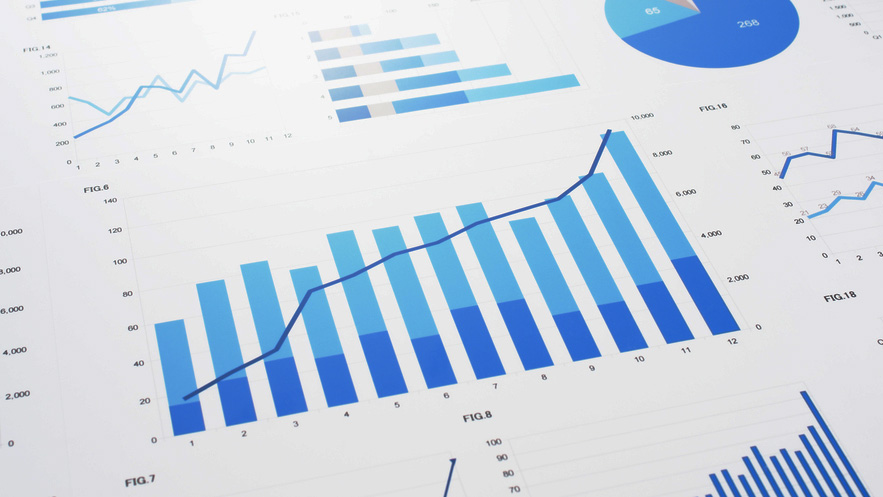We wrap up our series of podcasts recorded during this year’s Non-Prime Auto Financing Conference, hosted by the National Automotive Finance Association, with a visit with Davis + Gilbert partner Joseph Cioffi.
Cioffi, who also runs the Credit Chronometer, discussed where risk is now percolating and how finance companies are handling it.
To listen to the conversation, click on the link available below, or visit the Auto Remarketing Podcast page.
Download and subscribe to the Auto Remarketing Podcast on iTunes or on Google Play.
Finance companies know risk has to be absorbed somewhere; thus, that’s when insurance providers come into the picture.
And S&P Global Market Intelligence’s annual U.S. Auto Insurance Market Report projected a dollar figure on just how much that risk is expanding.
Analysts said sharply higher costs to repair and replace vehicles will cause insurance companies’ underwriting profit margins to narrow significantly, projects
Published by S&P Global Market Intelligence’s Financial Institutions Group (FIG) Research team, the report put a spotlight on the “unprecedented effects” of COVID-19 on the personal and commercial auto insurance business.
The analysis indicated that the benefits from lower levels of motor vehicle travel may be “as fleeting as they were significant,” according to S&P Global Market Intelligence.
The firm also mentioned that the number of automobile crashes is rebounding toward pre-pandemic levels, and the average cost to settle claims, is rising as costs for vehicle body work and used vehicles increase rapidly.
“Auto insurers provided estimated premium relief of as much as $16.4 billion to their customers in 2020 as COVID-19 curtailed commuting and leisure travel,” said Tim Zawacki, principal analyst for FIG at S&P Global Market Intelligence.
“In 2022, some of those customers may face higher auto insurance rates as carriers respond to a return to normal driving patterns and claims costs continue to climb,” Zawacki continued.
Other ley highlights from the report include:
— Greater use of technology favors more stable and predictable auto insurance results over the long term.
S&P Global Market Intelligence explained that the various ways that technology will benefit the industry include increased consumer and trucker acceptance of telematics and the continued deployment of advanced safety equipment across the domestic vehicle fleet.
“But the industry must first navigate near-term volatility related to the pandemic,” analysts said.
— Combined ratios, the key measure of property and casualty industry underwriting profitability, will normalize in the personal and commercial auto insurance businesses in 2021 due to inflationary pressures and the year-over-year increase in the number of vehicles on the road.
Over time, S&P Global Market Intelligence said the outlook assumes resolution of the underlying supply chain disruptions that are driving the rapid inflation.
— Some auto insurers will continue to pursue sizeable rate increases in response to the adverse claims trends.
The report projected growth in personal auto direct premiums written of 3.1% in 2021 and 5.4% in 2022. Commercial auto premiums are projected to rise 14.2% in 2021 before slowing to 8.4% in 2022.
In light of the marketplace nowadays being filled with as much uncertainty since the financial crisis of 12 years ago, a new survey published recently by S&P Global Market Intelligence examined how portfolio management processes have been evolving to account for environmental, social and governance factors (ESG).
S&P Global Market Intelligence indicated ESG investing is increasingly playing a critical role in credit risk analysis. According to the survey, 89% of respondents say their organization has an explicit ESG policy in place, and 83% say ESG factors are integral to what they do or are playing a growing role in the credit risk area.
The 2019 ESG survey, which features 194 credit risk professionals working in financial services firms around the world, examined how their portfolio management processes have been evolving to account for ESG factors.
“Clients are increasingly looking to consider ESG factors as part of a holistic approach to accessing credit risk,” said Whit McGraw, managing director and global head of credit risk solutions at S&P Global Market Intelligence.
“Our survey results reaffirm that sustainable investing is gaining traction and these ESG indicators are playing a bigger role for credit risk and portfolio management professionals,” McGraw continued in a news release
Other highlights from the S&P Global Market Intelligence 2019 ESG Survey included:
— ESG integration on the rise: Majority (86%) of respondents say heightened investor demand is a key influencer to consider ESG factors more fully.
— Formalized approach to ESG issues: A higher percentage of Asia-Pacific (63%) and Europe, the Middle East and Africa (58%) respondents have a formalized responsible investment policy compared to firms in the Americas (46%).
—Top three motivators for incorporating ESG considerations: Improved long-term returns, brand image and ability to identify credit quality changes.
— Use of data and tools: Three quarters of respondents have internal tools and models in place, with APAC leading the charge (86%).
— Barriers to greater ESG adoption: Lack of advanced tools (62%) and robust data sources (53%) as well as the cost of technology advancement (52%).
— Addressing challenges: Organizations are looking to build up ESG competencies in their Credit Risk groups as well as invest in technology solutions in support of ESG credit risk management.
To access the full report, go to www.spglobal.com/esg-survey.





